ANIMAL WATCH at 125 Newbury Gallery: January 26, 2024-March 2, 2024
125 Newbury is pleased to present Animal Watch, a group show exploring the intimacies, affects, and subjectivities of animals. The exhibition opens on Friday, January 26 with a public reception from 6pm to 8pm and will remain on view through Saturday, March 2.
The exhibition, which brings together an intergenerational group of artists working across a wide range of mediums, includes works by Gertrude Abercrombie, Alexander Calder, Ann Craven, Julie Curtiss, Jean Dubuffet, Natalie Frank, Robert Gober, Nan Goldin, Emilie Louise Gossiaux, Edward Hicks, Morris Hirshfield, Peter Hujar, Joan Jonas, Nina Katchadourian, Allison Katz, Jon Kessler, Lyne Lapointe, Robert Longo, John Lurie, Diana Michener, Yoshitomo Nara, Robert Nava, Richard Pousette-Dart, Lucas Samaras, Kiki Smith, Carolee Schneemann, Nolan Simon, Saul Steinberg, Bill Traylor, Mose Tolliver, and Jonas Wood. Through fantasy, fiction, fabulation, and fact, works by these artists celebrate, investigate, and make visible the deep entanglements between animals and us.
https://www.125newbury.com/exhibitions/animal-watch#tab:slideshow;tab-1:thumbnails
Ocula Magazine – May 2022
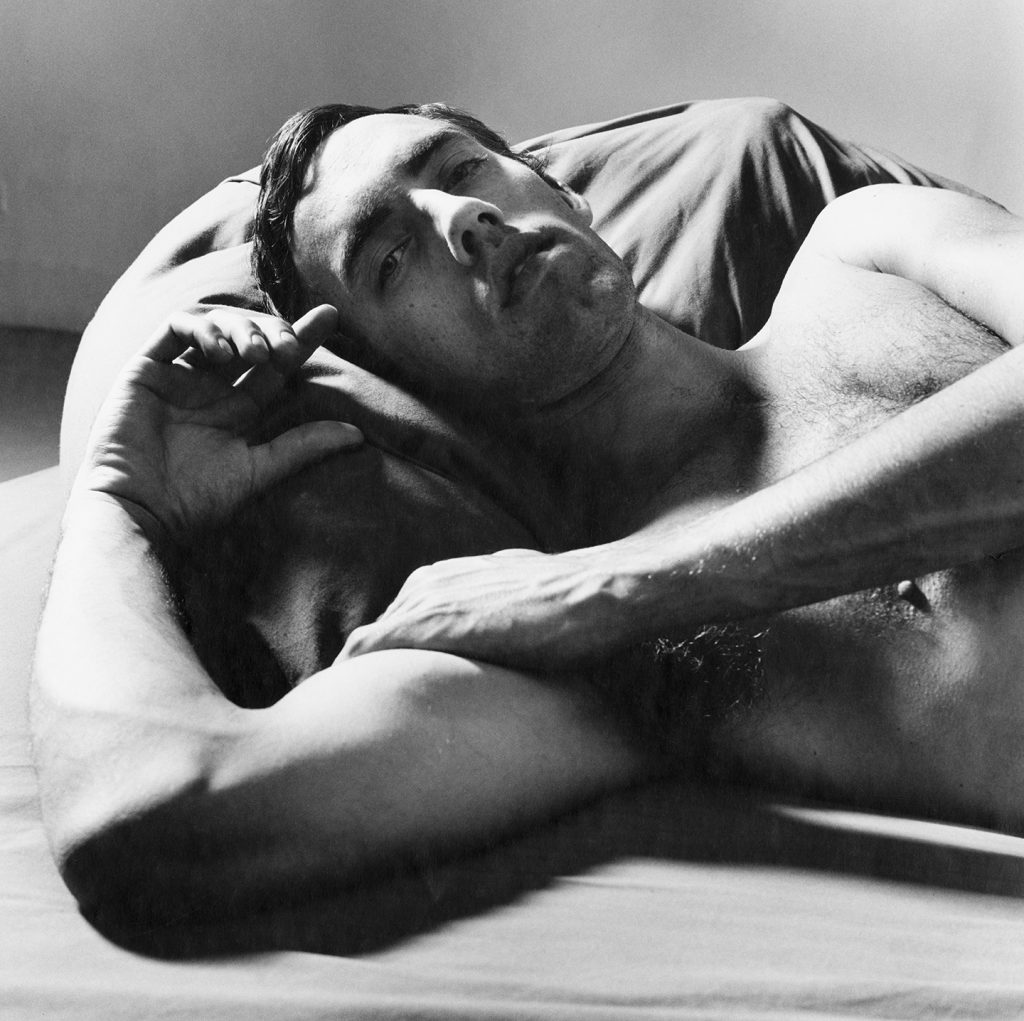
Peter Hujar, Maureen Paley, Independent Art Fair
Throughout his 30 year career, Peter Hujar photographed those at the creative margins of New York society.
Showing with Maureen Paley, David Wojnarowicz Reclining (II) depicts the American artist Wojnarowicz, with whom Hujar was in a relationship at the time.
Lying in an unmade bed, Wojnarowicz is captured in one of Hujar’s distinctive black and white, intimately staged frames, with his clasped hand across his naked torso.
‘Hujar was a darkroom master. Known for consistently using the same square format firm, his intention to take ‘uncomplicated direct photographs of complicated and difficult subjects’ extended from pastoral landscapes to erotic nudes’, Ocula Magazine explains.
https://ocula.com/advisory/perspectives/tefaf-and-independent-new-york-advisory-selections/
AnOther Magazine – April 2022
The Love Letters and Legacy of David Wojnarowicz
A new exhibition at New York’s PPOW Gallery displays David Wojnarowicz’s letters to his former lover Jean Pierre – here, his biographer Cynthia Carr talks about his tender, furious artistic legacy
The New York Times – April 2022
A Lover’s Impact on David Wojnarowicz, for All to See
A show at PPOW gallery explores the artist and author’s first significant relationship, with Jean Pierre Delage, which liberated him emotionally and changed him artistically.
El Pais – February 2022
El mítico día en que Peter Hujar retrató a Allen Ginsberg
by GLORIA CRESPO MACLENNAN
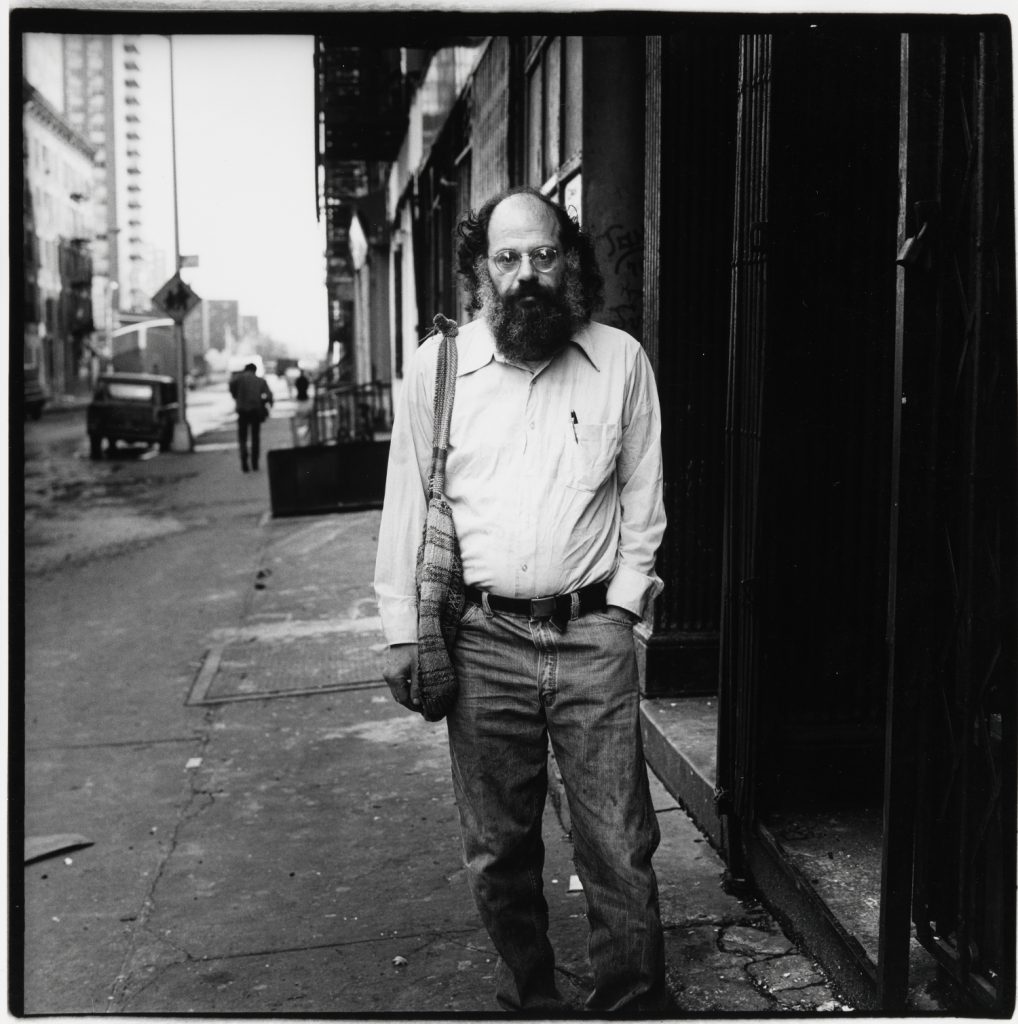
i-D Magazine – January 2022
A day in the life of legendary photographer Peter Hujar
Linda Rosenkrantz’s new book is a transcript of everything the artist did on 18 December 1974.
by Alex Merola
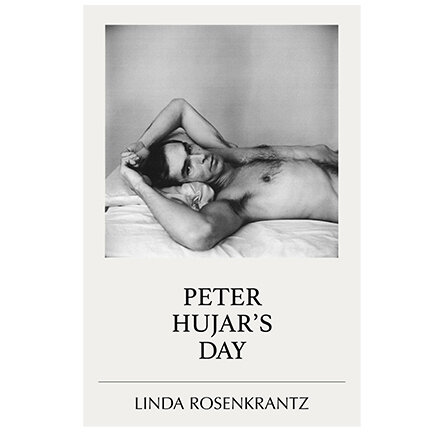
Paris Photo – 11-14 NOV 2021
https://www.parisphoto.com/fr-fr.html
Fraenkel Gallery
Grand Palais Éphémère, Paris
Booth B22
Pace Gallery
Grand Palais Ephémère, Paris
Booth C10
Book release – Fall 2021
Peter Hujar’s Day by Linda Rosenkrantz

Edited and designed by Jordan Weitzman and Francis Schichtel
With an introduction by Stephen Koch
On December 18, 1974, Linda Rosenkrantz asked her friend Peter Hujar to write down everything he did one day. Hujar met Rosenkrantz at her apartment on 94th street the following day where she asked him about it in detail. She tape-recorded their conversation and this book is a full transcript of that exchange, published here for the first time since it was recorded 47 years ago.
Interview – September 2021
Hilton Als on the Art of Transcendence
By Alexandre Stipanovich
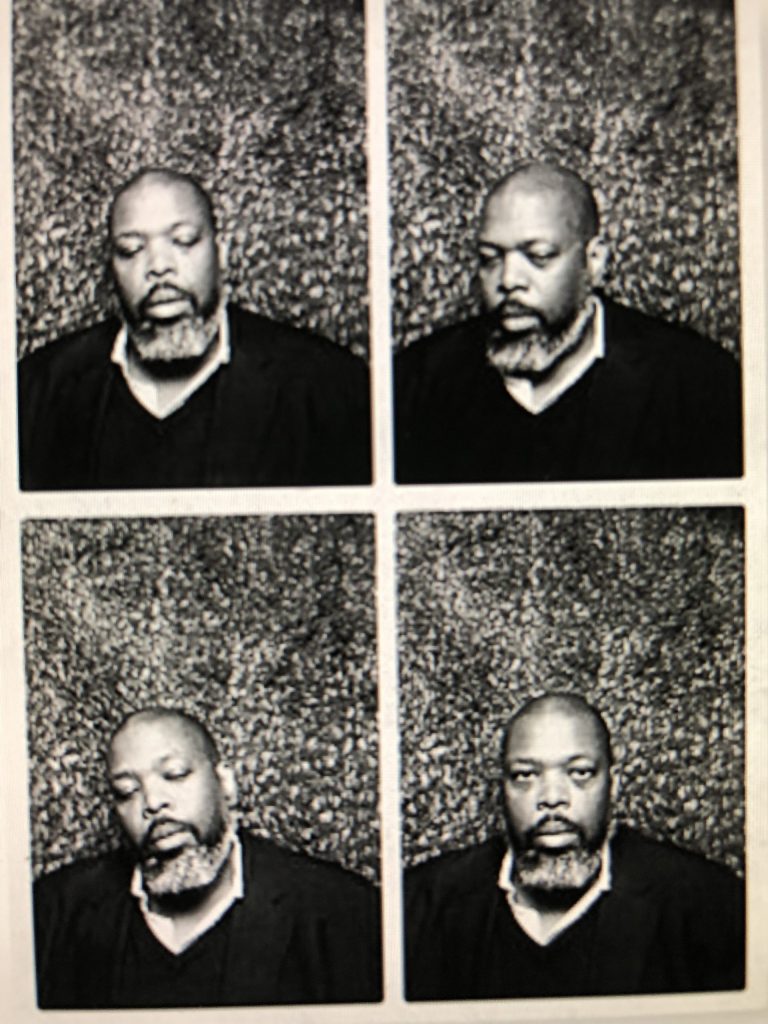
https://www.interviewmagazine.com/art/gallery-walkthru-hilton-als-on-the-art-of-transcendence
NYT – August 2021
[At Karma Gallery is] a group show curated by the critic Hilton Als around the idea of faith, with [Peter} Bradley’s new abstract paintings featured alongside works by Diane Arbus and Peter Hujar.
Swann – August 19, 2021
Swann Auction Galleries presents LGBTQ+ Art, Material, Culture & History. August 19, 2021 at 12:00 pm ET – Sale 2578
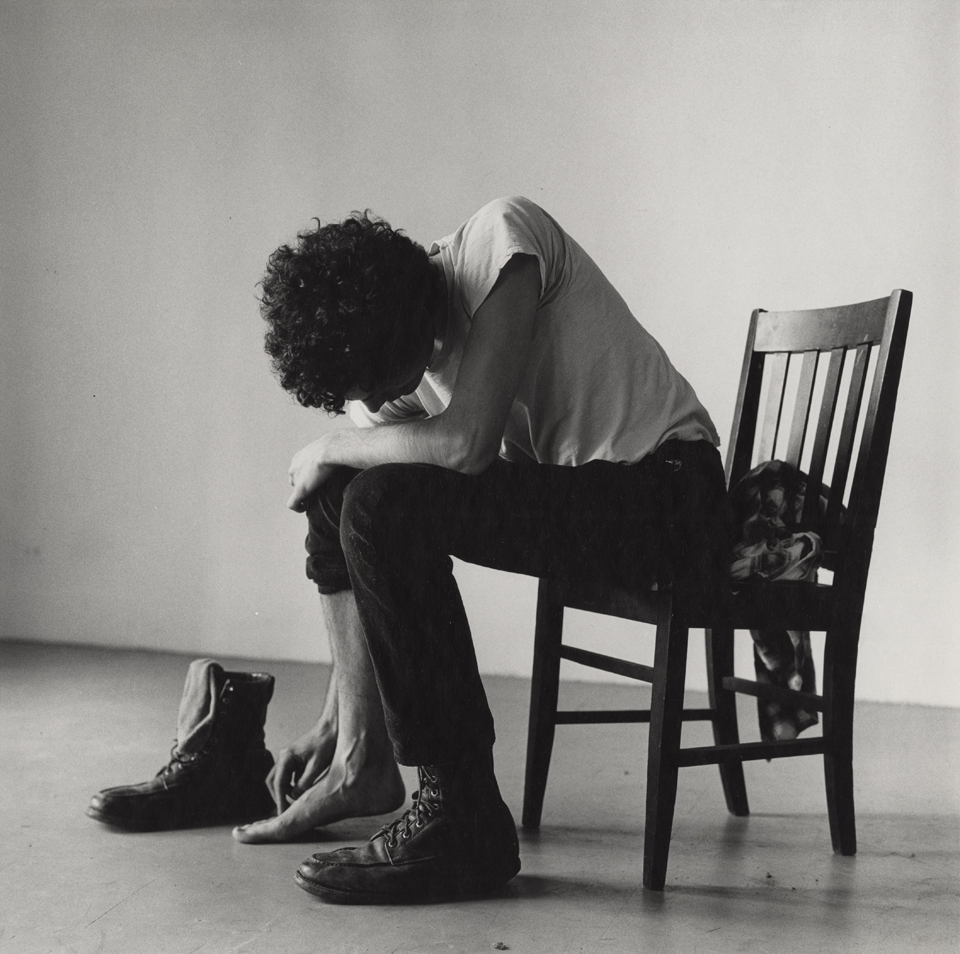
Richard Weinroth – Shoes, 1979
Peter Hujar, Lot 107.
https://catalogue.swanngalleries.com/Lots/auction-lot/PETER-HUJAR-(1934-1987)-Man-on-chair-(Richard-Weinroth)?saleno=2578&lotNo=107&refNo=778162
LGBTQ+ Art, Materl Culture & HistoryAug 19, 2021 at 12:00PM ET – Sale 2578 –
Last Tango – July 2021
Cockroach Or Queen?
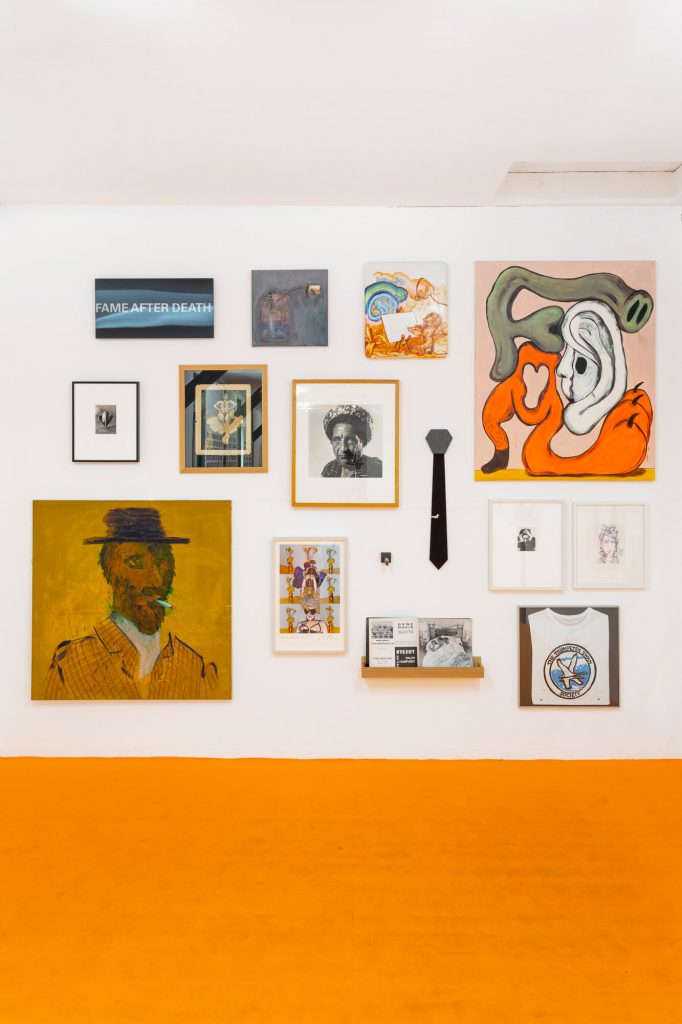
Photo: Kilian Bannwart
11.06.2021 – 14.08.21
Alfredo Aceto, Joe Brainard, Keren Cytter, Germann & Lorenzi, Doug Johns, Gregory Hari, Peter Hujar, Chris Kraus, Fabio Luks, Robert Mapplethorpe, Mickry3, Genesis P-Orridge, Camillo Paravicini, Gil Pellaton, Ed Ruscha, Cindy Sherman, Andreas Waldmeier and Latefa Wiersch
With books by Lutz Bacher, Joe Brainard, Keren Cytter, Kristin Dombek, James Franco, Gertrude Stein, Seth Price, Patti Smith and more
https://www.lasttango.info/cockroach-or-queen
The Eye of Photography – July 2021
Arles 2021 : Masculinities : Liberation Through Photography
https://loeildelaphotographie.com/en/arles-2021-masculinities-liberation-through-photography-dv/
The Art Newspaper – June 2021
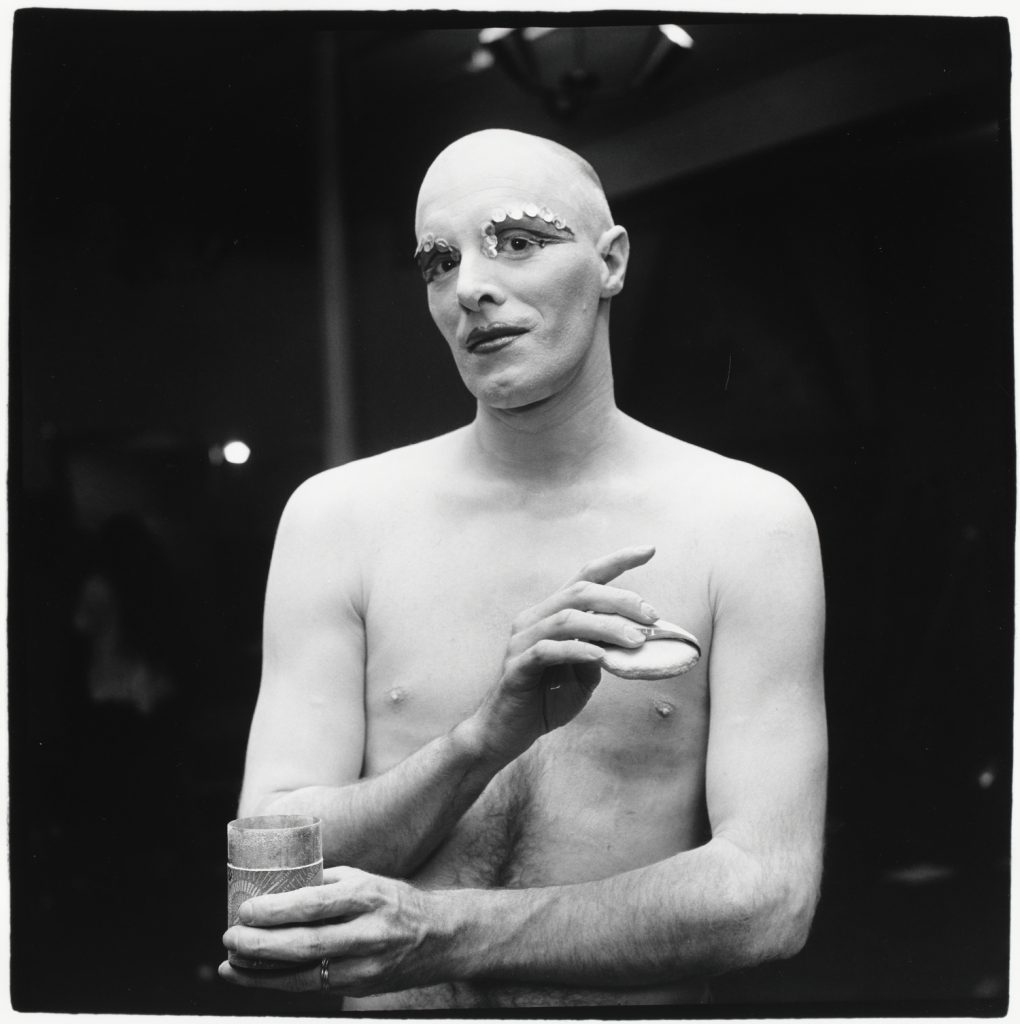
From John Akomfrah’s enthralling three-part film to Peter Hujar’s nightlife photographs
For almost 20 years, Peter Hujar photographed the nocturnal drag movement of New York City—what might be seen as a precursor to the non-binary activist movement of today. This work, which could not be more current, has finally goes on show at Maureen Paley. Hujar left his abusive New Jersey home at 16 to live with his English teacher, Daisy Aldan, who encouraged him to seriously pursue photography. He became a student of denizens such as Diane Arbus, and, between 1970 to 1987, immersed himself in the city’s wildly creative drag scene, which remained at the margins of New York’s artistic society. Hujar was hellbent on capturing how this emergent art form was able to reinvent gender beyond female impersonation, employing an improvisational style of performance that worked in the lineage of ancient Greek theatre, European Surrealism and Hollywood musicals. His images reflect the layers and multivalencies incumbent in drag; here, artifice, fashion, narrative and gender are held high by the clarifying and combinational power of still photography.
https://www.theartnewspaper.com/review/exhibitions-london-peter-hujar-john-akomfrah
Art Agenda – May 2021
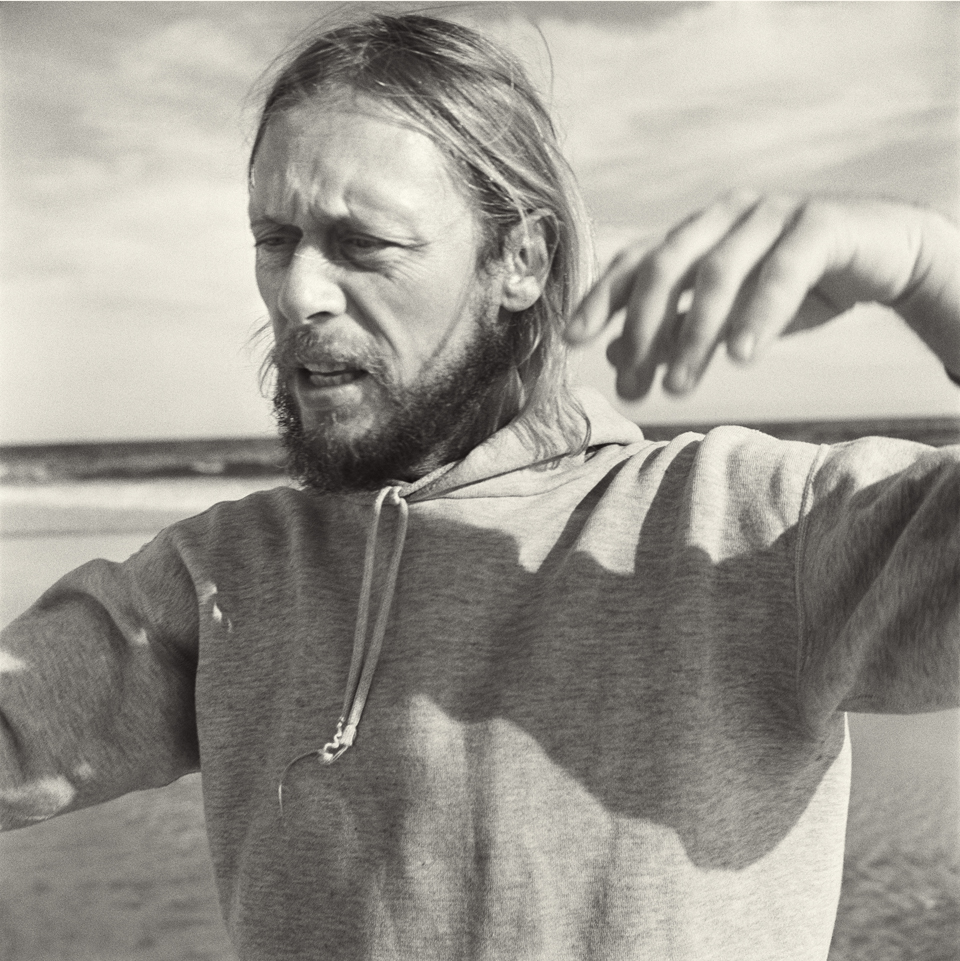
Peter Hujar’s “Backstage” at Maureen Paley
by John Douglas Millar
“Backstage” is the third solo exhibition of Peter Hujar’s work to be presented at Maureen Paley’s London space since 2008, when the gallery took responsibility for the artist’s estate in the UK. The work is presented across two rooms; a larger space that almost exclusively shows portraits of artists from New York’s thriving drag performance scene of the 1970s, either preparing their costumes and make-up or gloriously composed backstage. These silver-gelatin prints were made by Hujar himself, with three exceptions: a portrait of the fi lmmaker John Waters, another of his muse Divine, and a group self-portrait showing Hujar jumping in the air with friends. These are all estate ink prints made by Gary Schneider, the artist and master printer trained by Hujar and now widely regarded as one of the fi nest printmakers alive. He is also the only printer authorized to make editions of Hujar’s work. The second, smaller room displays four further estate prints: an extraordinary nude self-portrait entitled Seated Self-Portrait Depressed (1980); a portrait of Hujar’s friend the writer and raconteur Fran Lebowitz reclining in bed at her parents’ home in Morristown; one of Hujar’s sometime lover, protégé, and friend, the artist David Wojnarowicz, sparking up a cigarette on a Manhattan street with studied noir insouciance; and, finally, a portrait of an earlier lover, the artist Paul Thek, looking windswept and mercurial, a Renaissance Jesus in a hooded sweatshirt. This room, then, is clearly meant to serve as the backstage to the artist’s life. Hujar was a gifted technician in the darkroom, and the tonalities in the lifetime prints are formidable. The crystalline light and gradations of oneiric darkness suggest lessons learnt during the time he spent in Italy in the late 1950s and ’60s, recalling the chiaroscuro of Italian baroque painting as well as the neorealist and post-neorealist aesthetic of the Italian cinema of the 1960s, perhaps most overtly the carnival and club scenes from Fellini. It is the estate print of Divine, though, that contains the most extraordinary passages of tonality. The folds and drapes of the dark velour upon which the subject reposes achieve an almost metaphysical quality at the point where they meet the white tones of Divine’s shirt and his powdered skin, or where it contrasts with the faux terrazzo of the linoleum floor. On occasion Hujar ostentatiously pushes the dark tones in his photographs toward melodrama, as in the famous image of Candy Darling on her deathbed, but the folds here bring to mind T. J. Clark’s comment about the word drapery, “whose matter-of-factness conceals, in the greatest artists, metaphor after metaphor of human strangeness.” Any show of Hujar’s work is faced with complex questions concerning contextualization. His images are famous for their intimacy, empathy, and pathos, but those qualities are heightened by the viewer’s awareness that so many of their subjects have died from AIDS or complications arising from the disease since the early 1980s. These are images of communities that su ff ered and lost terribly, whose inheritors often suffer terribly still. Though Hujar’s work is compositionally quite transparent, untangling the stakes—political, ethical, aesthetic—of these images’ affective qualities is not straightforward. Susan Sontag, in her introduction to the only monograph devoted to Hujar’s work to be published in his lifetime, Portraits in Life and Death (1977) , wrote that “all photographs are memento mori, ” and it is difficult to read these images without funereal overtones, difficult not to read them as premonitions and, retrospectively, as sacral objects. To some degree this exhibition plays against such a reading. For a start, there is very little context given besides the title, date, and print origin of each work. The choice to show and celebrate mainly one type of subject also seems to gesture toward such an aim, for without the lyrical and pastoral images of animals, children, water, and landscape that Hujar chose to show along with his human portraits, or the famous images from the Sicilian catacombs that make up the second part of Portraits in Life and Death, these images seem less burdened by existential weight and Whitmanian generalization. Which is not to say the show shrugs at history or politics, simply that it chooses to play up the intimacy and joy of these images rather than the melancholy aspects. It seeks to claim back those black tones for a defiant melodrama rather than void or brute facticity. That the 1975 portrait of Paul Thek is placed at the end of the show seems important in this regard. It is slightly anomalous in that it is the closest Hujar comes to something like a decisive moment. Unlike the majority of the portraits, Thek is not quite centered and he does not look into the camera; rather he is captured on the move, mid-gesture, his hands raised, grimacing, apparently trying desperately to express or emphasize a point. He exceeds the frame, pushing against the classical square format that Hujar almost always used. Even the beach, sea, and sky that form the background to the image are not allowed the romantic or existential pathos they would claim if given more space. The image is all about Thek’s energy and presence, and the movement of the dialogue between camera and body, since the composition invites one to read it as having been shot mid-conversation, with Hujar walking at Thek’s side. It is an image that speaks to the affective complexity of their relationship, and of the emotional and psychological difficulties by which Thek was afflicted, but it is also saturated with the living, expressive, individual being. If these images are political then it is in the following way: that they say of their subjects that they want them to be.
Frieze – June 2021
What to See in East London During Gallery Weekend
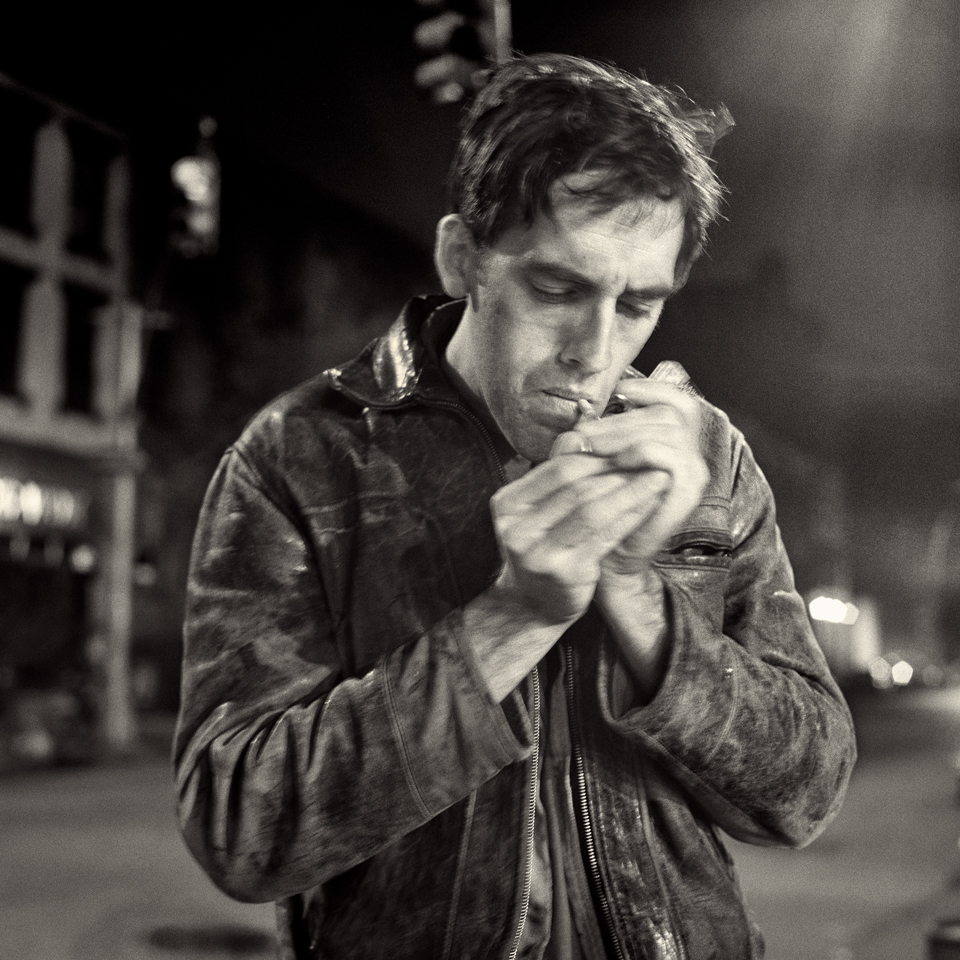
Peter Hujar
Maureen Paley
15 May – 13 June
As nightlife resumes in London and New York, Maureen Paley has organized ‘Backstage’ – a collection of Peter Hujar’s behind-the-scenes photographs of performers and friends who worked New York’s clubs in the 1970s and ’80s. Mario Montez, Larry Ree and Georg Osterman vamp and pose (sometimes nervously, to my eye) in various states of dress. Despite their noisy, green-room setting, these are quiet moments for Hujar’s subjects, presented with his characteristic intimacy. David Brintzenhofe applies paint in a 1982 photograph, his face seen in profile, surrounded by dark. In skin-tight trousers, Divine lounges on a divan, head propped up by his hand as he looks off to the side. In a separate room, mostly of photographs of other artists, Paul Thek – once Hujar’s lover – stands on the beach, hands raised as he appears to demonstrate something brilliant. After all, these were exceptional queers, many of whom would perish in an unchecked pandemic a decade or so after they were photographed. As we ‘return to normal’, this show felt like a necessary reminder of what a public health failure can cost us, as well as a quiet exhortation to hold presidents and prime ministers to account. BY ANDREW DURBIN IN CRITIC’S GUIDES , UK REVIEWS
Frieze – May 2021
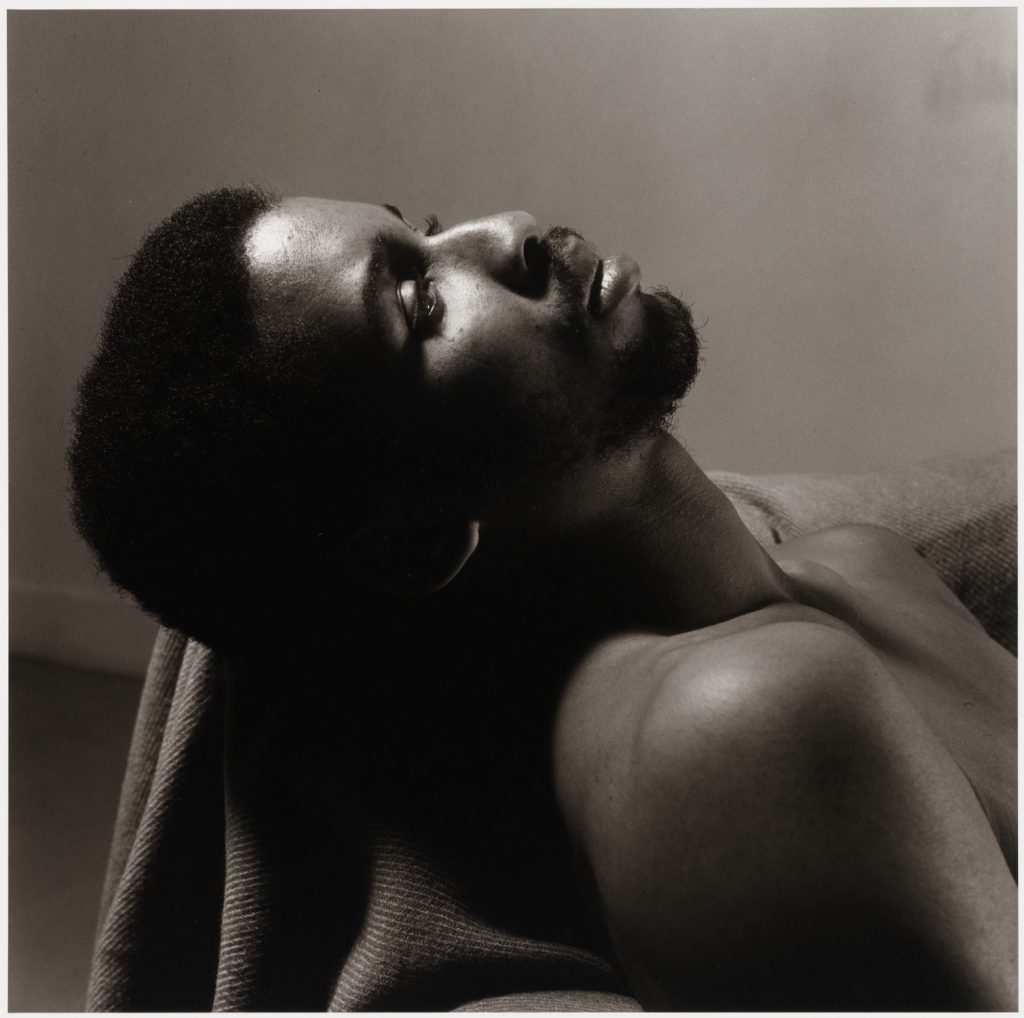
How Darrel Ellis Reframed the Family Photograph
At Candice Madey, a presentation of the late artist early works, drawings, paintings and photographs reveals Ellis’s meticulous process of reconceptualising his family archive
Drawing from his father’s archive of Black life in postwar New York, as well as later images of himself taken by gay white photographers, including Peter Hujar and Robert Mapplethorpe as his source material, Ellis produced a massive body of weird and warped monochromatic portraits and self-portraits, a terrific sliver of which are on view in ‘A Composite Being’ at Candice Madey gallery in New York.
https://www.frieze.com/article/darell-ellis-a-composite-being-2021-review
The Art Newspaper – May 2021
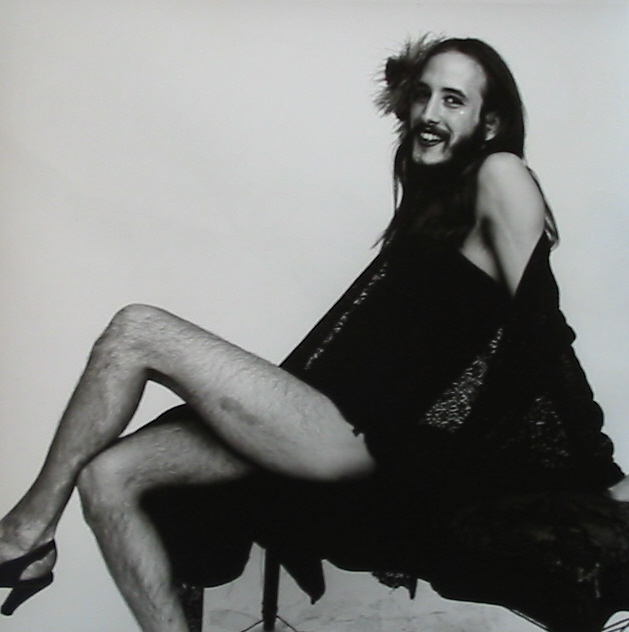
Peter Hujar: Backstage
Until 13 June, Maureen Paley, 60 Three Colts Lane, E2 6GQ
For almost 20 years, Peter Hujar photographed the nocturnal drag movement of New York City—what might be seen as a precursor to the non-binary activist movement of today. That work, which could not be more current, finally goes on show at Maureen Paley.
https://www.theartnewspaper.com/preview/best-shows-for-photography-fans
Art Newspaper – April 2021
Peter Hujar photographs at David Zwirner Gallery, NY
Three exhibitions to see in New York this weekend
From Ray Johnson at David Zwirner to Dawoud Bey at the Whitney
https://www.theartnewspaper.com/review/three-exhibitions-to-see-in-new-york-this-weekend-23-april